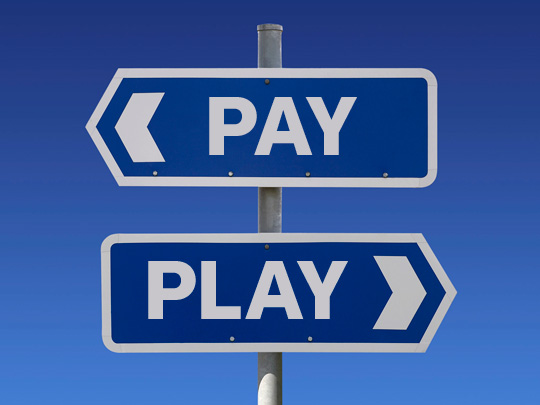Once upon a time, to choose a field of journalism was a career decision to bring enlightenment to the public. No matter the cost, journalists sought the truth. They worked hard to build credible sources and they protected those sources. And truth trumped money, every time.
The goal at the end of the day was to dig and find newsworthy information from reputable sources, providing unbiased editorial content that consumers needed and wanted to know.
Over the past 100 years, the public relations field has flourished based on developing trusted relationship with journalists and helping reporters unearth story opportunities that in turn will help to drive positive client-relevant content. PR professionals prided themselves on masterminding creative and unique story angles and helping to bring to light the newsworthiness of an organizations happenings.
They also knew, without a doubt, that reporters held themselves to a standard that roadblocked anything that even smelled slightly of marketing. Presenting authentic content that warranted exploration was the only way to even pique their interest.
“Back in the day,” the question of whether you might run an ad in the publication wasn’t even a factor when a PR professional was pitching a story. The reporters and the ad sales departments didn’t even communicate with one another. In fact, they may not even be in the same building.
Probably five years ago, I started seeing the pay-for-play model truly surface in the marketplace. At first, it was primarily with newer publications, those with much less clout than the older, more established publications. Their editorial content was obviously (at least to those of us in the industry) advertiser-driven, sometimes even written and edited by the customer buying the ad placement. Honestly, it left a bad taste in my mouth, and we avoided even placing ads in those publications for clients as their content was less about what the consumer wanted and more about what the advertisers wanted. We felt that consumers would sense this, and that a claimed “distribution” would be far less than true readership. Our instincts turned out to be warranted as many of those publications have had less-than-stellar success.
But thanks to the Internet, today’s social media-connected, communications-heavy world is rapidly changing the print media landscape.
Economist Joseph Schumpeter, in his op-ed Newsweek article “The first decade of the new millennium saw the rise of a supremely disruptive technological force: the Internet,” calls the Internet “creative destruction,” transforming the media landscape as we knew it.
“Newspapers are getting wiped out in part because they didn’t realize they were in the information business—they thought their business was about putting ink onto paper and then physically distributing those stacks of paper with fleets of trucks and delivery people…Watching newspapers go out of business because of the Internet is like watching dairies going out of business because customers started wanting their milk in paper cartons instead of glass bottles.
Newspapers are getting wiped out because the Internet robbed them of their mini-monopolies. For decades they had virtually no competition, and so could charge ridiculous amounts of money for things like tiny classified ads.”
Enter the Internet…and Craigslist, with it’s free classified ads. Whoops. Strike one, newspaper.

Then online news sources, with world, regional and local news — all free and instant in the click of a button. Strike two!
Last, did the newspapers change their pricing structure? Their branding? Their offerings? Nope. Ad placements still hold monstrous price tags with lower-quality content (as reporters are laid off) and the same staid, shrinking distribution.
Strike three! Newspapers, you are out.
The outcome? In the past year, I have seen many of the publications I have long respected and trusted scramble to better monetize their business and move more and more toward a pay-for-play model. Is it 100% pay-for-play? Not yet, but time will tell. More and more, advertising buys are influencing editorial content. Bigger advertisers seem to get more “love” from reporters. Added value or special section placements are running that are crafted, even designed, by the ad agency. And even run without the once-noted “Special Advertising Section” tag.
What does it mean for marketers?
Be ready to evolve or get left in the dust. Sad as we are to see this evolution of journalism, we’re in the midst of a sink-or-swim communications evolution. If we don’t embrace and get creative with the new norm, clients will suffer, and we won’t be able to leverage new opportunities.
You don’t have to like it. You just have to evolve.
By Tracy Marlowe, Creative Noggin, Director of Account Service